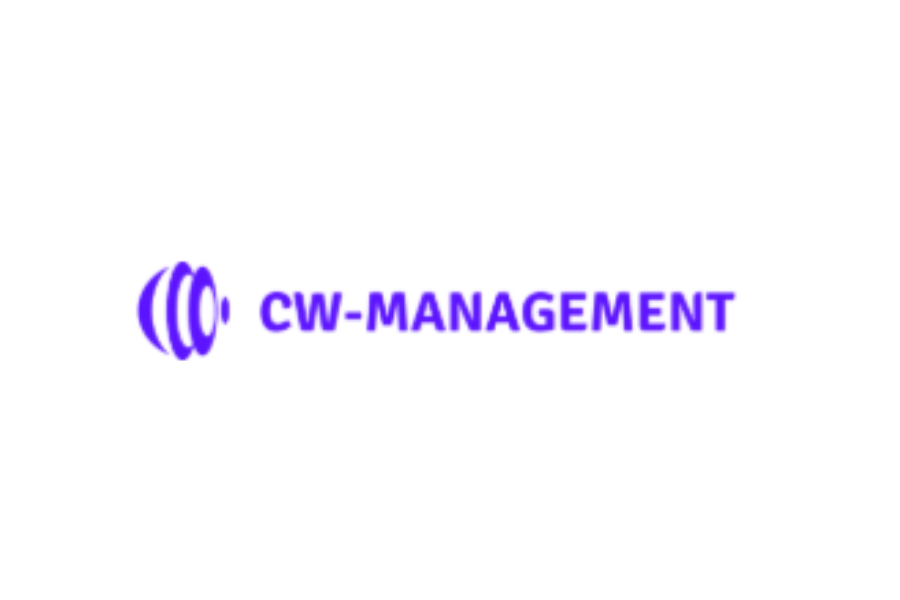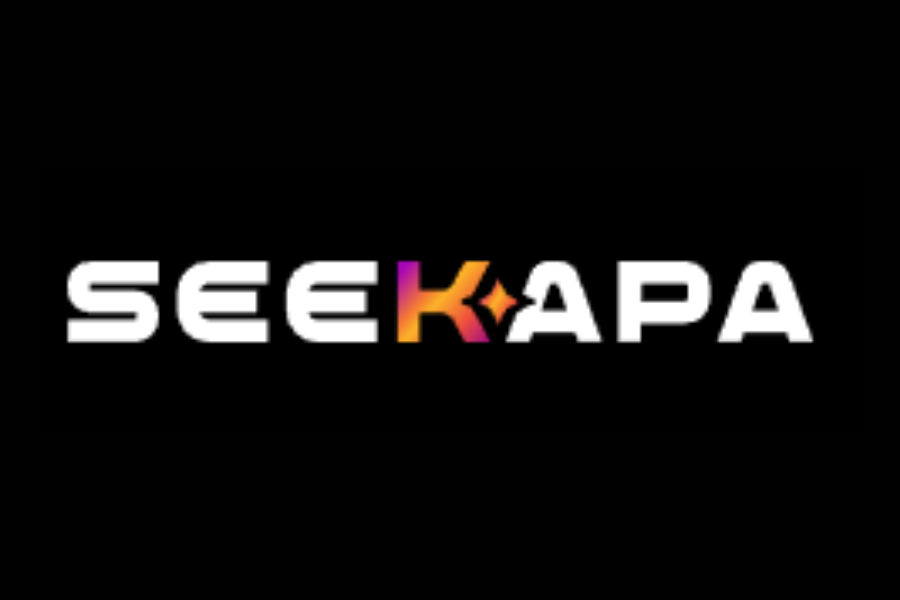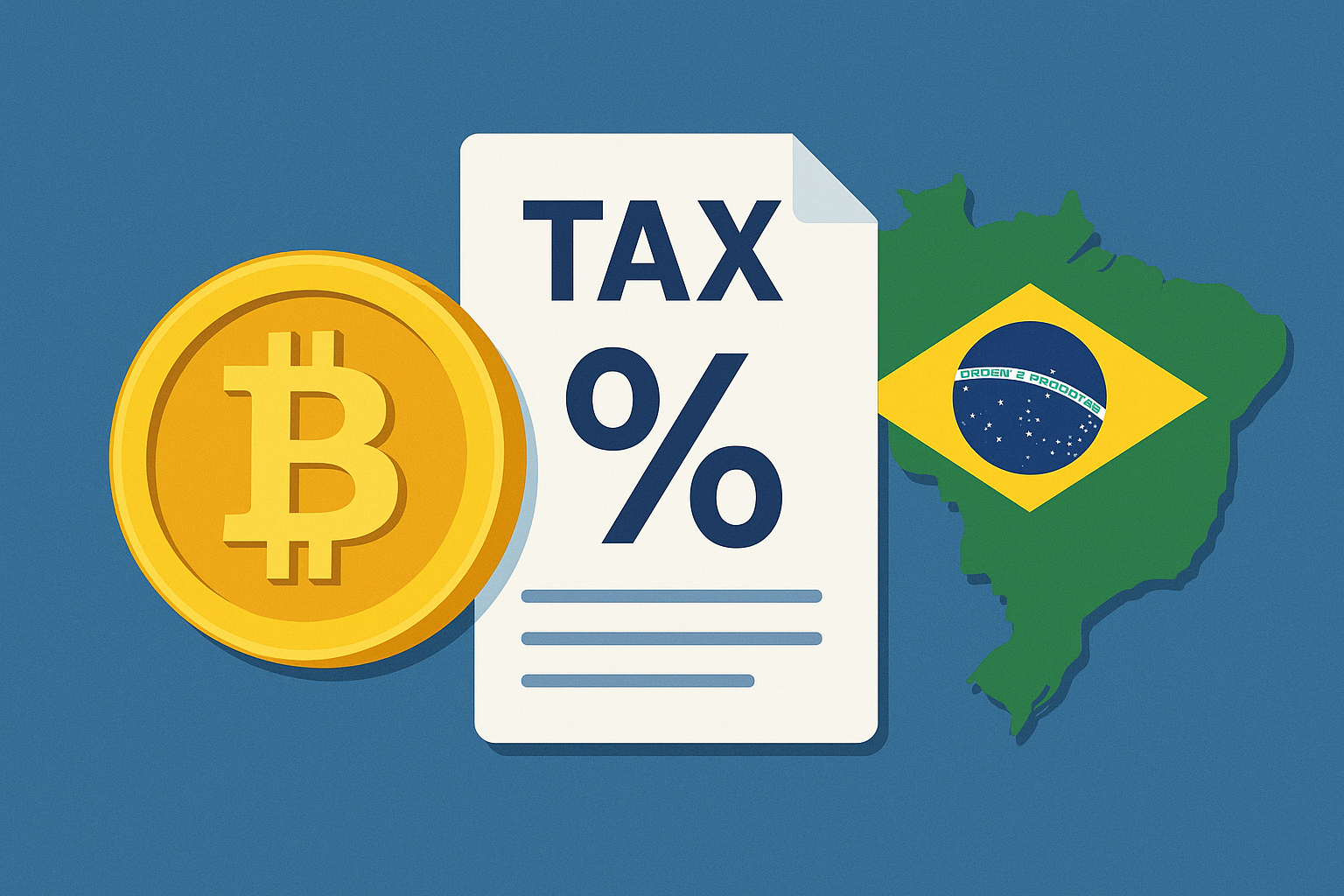Blockchain Technology
Blockchain Adoption Mirrors Amazon’s Rise: WisdomTree’s Bold Outlook On The Future Of Decentralized Innovation

Introduction
The world of blockchain is undergoing a rapid transformation, and one of the clearest signs of its maturation comes from institutional voices like Jason Guthrie of WisdomTree. In a striking comparison, Guthrie recently stated that blockchain technology is currently mirroring the early rise of Amazon. This analogy—far from being a casual remark—paints a powerful image of where decentralized technologies are heading: toward deep, foundational integration across commerce, data systems, finance, and global infrastructure.
Amazon, once a modest online bookstore, has become a global giant across multiple industries, from e-commerce to cloud computing. Blockchain, often misunderstood or dismissed as a speculative tool, is beginning to showcase similar patterns of foundational transformation. And as WisdomTree—a major financial institution deeply entrenched in both traditional markets and emerging tech—backs blockchain with this level of confidence, the comparison becomes more than just metaphor. It becomes a forecast.
Institutional Confidence: Why WisdomTree Is Doubling Down On Blockchain?
WisdomTree, known for its forward-thinking asset management approach, has long maintained a cautious but committed interest in blockchain-based innovations. Jason Guthrie, a leading executive at the firm, believes that blockchain is now at an inflection point. Drawing parallels to Amazon’s journey, Guthrie points out that blockchain has passed its initial hype phase and is now entering a critical phase of strategic development and real-world utility.
The confidence isn’t rooted in speculative tokens or meme coins—it’s grounded in the scalability, interoperability, and investment infrastructure that is now evolving around decentralized technologies. Guthrie asserts that blockchain’s underlying architecture is maturing in a way that aligns with institutional-grade standards: better governance, improved security protocols, and real utility across multiple sectors. This is not blockchain of 2017—it’s blockchain of 2025, and it’s fundamentally different.
From Books To Cloud: How Amazon’s Growth Echoes Blockchain’s Path?
To understand the weight of WisdomTree’s comparison, it’s important to unpack the Amazon analogy in detail. Amazon’s early days were filled with skepticism. Critics couldn’t fathom how a digital bookstore would challenge giants like Barnes & Noble or Walmart. And yet, by consistently reinvesting in infrastructure, customer experience, and long-term growth, Amazon not only survived—it redefined commerce.
Today, blockchain faces similar doubt. To the untrained eye, the industry still seems fragmented, volatile, and difficult to regulate. But beneath that surface lies a foundational layer being laid: Ethereum’s Layer 2 networks, Bitcoin’s institutional trust signals, decentralized identity projects, and permissioned chains tailored for enterprise.
Just like Amazon quietly built AWS—now the backbone of the internet—blockchain is evolving its infrastructure. Projects like Chainlink, Polygon, and Solana are creating the foundational rails for tomorrow’s digital economy. WisdomTree sees this clearly and is positioning accordingly.
The Infrastructure Phase: Laying The Rails Before The Train Arrives
What distinguishes blockchain’s current era is its focus on infrastructure. Much like Amazon built fulfillment centers and logistics networks before the e-commerce boom, today’s blockchain ecosystem is building scalable frameworks that can support global adoption.
Guthrie emphasizes this phase as the most critical. “You don’t build skyscrapers without laying a deep foundation,” he states. In blockchain, this foundation includes scalable smart contract platforms, decentralized finance (DeFi) protocols that are audited and secure, robust digital identity layers, and stablecoin ecosystems that facilitate real-world payments.
Protocols are moving toward compliance, interoperability, and user-friendliness, making them viable for real business use cases. The narrative is shifting from speculative profit to practical integration—exactly the pivot Amazon made in its formative years.
The Investment Ecosystem: Liquidity, Regulation, And Market Structure
A major driver of Amazon’s rise was its ability to attract and retain long-term capital. In blockchain, the same dynamic is emerging. According to Guthrie, the traditional finance world is no longer content observing from the sidelines. Institutional investors are not only buying Bitcoin or Ethereum—they are investing in tokenized assets, on-chain treasury management, and blockchain-native infrastructure funds.
WisdomTree itself has pioneered several initiatives in this area, including tokenized ETFs, blockchain-based funds, and regulated digital assets. These are not fringe experiments—they’re central components of a broader vision for blockchain’s future.
What’s equally important is the regulatory evolution. Jurisdictions like the EU, UAE, Singapore, and the US are crafting legal frameworks that legitimize blockchain’s place in finance. Unlike past years, today’s regulation is more about integration than exclusion.
This opens the floodgates for traditional finance, or TradFi, to become DeFi’s most significant user group. Blockchain is no longer fighting for relevance—it’s being onboarded by the very systems it was once designed to disrupt.
Scalability And The Rise Of Layer 2 Networks
Scalability has always been one of blockchain’s most debated topics. Bitcoin and Ethereum’s limited throughput raised serious doubts about blockchain’s readiness for global use. But in recent years, the emergence of Layer 2 solutions—like Optimism, Arbitrum, zkSync, and Base—has changed that.
These networks provide fast, low-cost transactions while maintaining the security of Ethereum’s base layer. Guthrie points to this evolution as a mirror of Amazon’s transition into AWS: a once-niche service transforming into infrastructure that powers the entire digital world.
Scalability unlocks everything—from microtransactions to enterprise logistics—and it’s being solved today at a pace faster than most realize. Blockchain networks are now capable of handling thousands of transactions per second, with finality times that rival traditional payment systems.
Enterprise Integration: Real-World Use Cases Are No Longer Theoretical
The most compelling aspect of blockchain’s Amazon-like growth is its use case diversity. Enterprises around the world are beginning to use blockchain not for speculation but for real business value.
Supply chain tracking, carbon credit issuance, decentralized identity, cross-border payments, and tokenized real estate are all gaining traction. Major corporations—like Walmart, Siemens, Visa, and even the UN—are piloting or actively deploying blockchain in live environments.
Guthrie believes this is blockchain’s AWS moment—the stage where utility eclipses hype. Like AWS provided back-end services for thousands of companies, blockchain is becoming the invisible infrastructure that supports secure, decentralized data and value exchange.
The Role Of Tokenization: The Bridge Between TradFi And Blockchain
Another critical area Guthrie highlights is tokenization—the representation of real-world assets (RWAs) on a blockchain. This includes stocks, bonds, real estate, commodities, and even collectibles.
Tokenization improves liquidity, enhances transparency, and reduces settlement risk. It allows 24/7 trading of traditionally illiquid assets, which aligns perfectly with the digital-native expectations of today’s market participants.
WisdomTree has already launched several tokenized fund models and is collaborating with regulators to expand these products. The comparison to Amazon is again striking—just as Amazon made physical goods digitally accessible, blockchain is making physical value digitally programmable.
Regulatory Tailwinds: From Opposition To Integration
In blockchain’s early years, regulation was viewed as an existential threat. Today, it’s increasingly seen as a catalyst for adoption. Institutions like WisdomTree are actively engaging with regulators, pushing for frameworks that enable responsible growth.
Countries like the UAE and Singapore are emerging as global leaders in blockchain policy, while Europe’s MiCA framework provides clarity for stablecoins and tokenized assets. Even the US, historically seen as adversarial, is warming to regulated crypto ETFs and digital securities.
Regulatory clarity not only unlocks capital but also increases public trust. Blockchain is moving from the margins into mainstream finance, and clear laws are the vehicle making that possible.
Consumer Experience: The Final Frontier
Just like Amazon revolutionized user experience in online shopping, blockchain must solve its UX challenges to achieve mass adoption. Wallets, gas fees, private keys, and confusing interfaces are significant barriers today. But solutions are in motion.
Innovations in account abstraction, fiat onramps, gasless transactions, and intuitive mobile apps are transforming how users interact with decentralized systems. Companies like Coinbase, MetaMask, and Ledger are investing heavily in usability.
For Guthrie, this mirrors Amazon’s relentless focus on customer satisfaction. The chain of adoption begins with seamless access. And as blockchain becomes more user-friendly, adoption will accelerate—not gradually, but exponentially.
Looking Ahead: WisdomTree’s Vision For The Next Decade
WisdomTree isn’t predicting a singular moment of transformation—it’s betting on a decade-long arc of structural change. According to Guthrie, the industry will soon reach a point where blockchain is no longer discussed as a separate domain but embedded into everyday finance, logistics, identity, and governance.
Much like Amazon’s dominance is now an unquestioned part of the internet economy, blockchain’s presence will become ubiquitous yet invisible. From programmable payments in payroll to digitally verifiable education credentials, blockchain will power the back-end of a smarter, more connected world.
Guthrie concludes that the question is no longer if blockchain will rise—it’s how prepared we are for the scale of change it brings. And judging by WisdomTree’s actions, they intend to be at the center of that transformation.
Final Thoughts
The comparison between blockchain and Amazon isn’t just poetic—it’s predictive. WisdomTree’s assertion, articulated through Jason Guthrie’s insights, reflects a deeper market sentiment: that we are entering an era of decentralized infrastructure that rivals the rise of the internet itself.
In Amazon’s early days, few understood the scope of its ambition. Today, the same is true for blockchain. But for those watching closely—for those building, investing, and innovating—the signals are clear. Infrastructure is rising. Capital is flowing. Regulation is adapting. And consumer experience is catching up. Blockchain isn’t chasing relevance anymore. It’s building a new normal.











